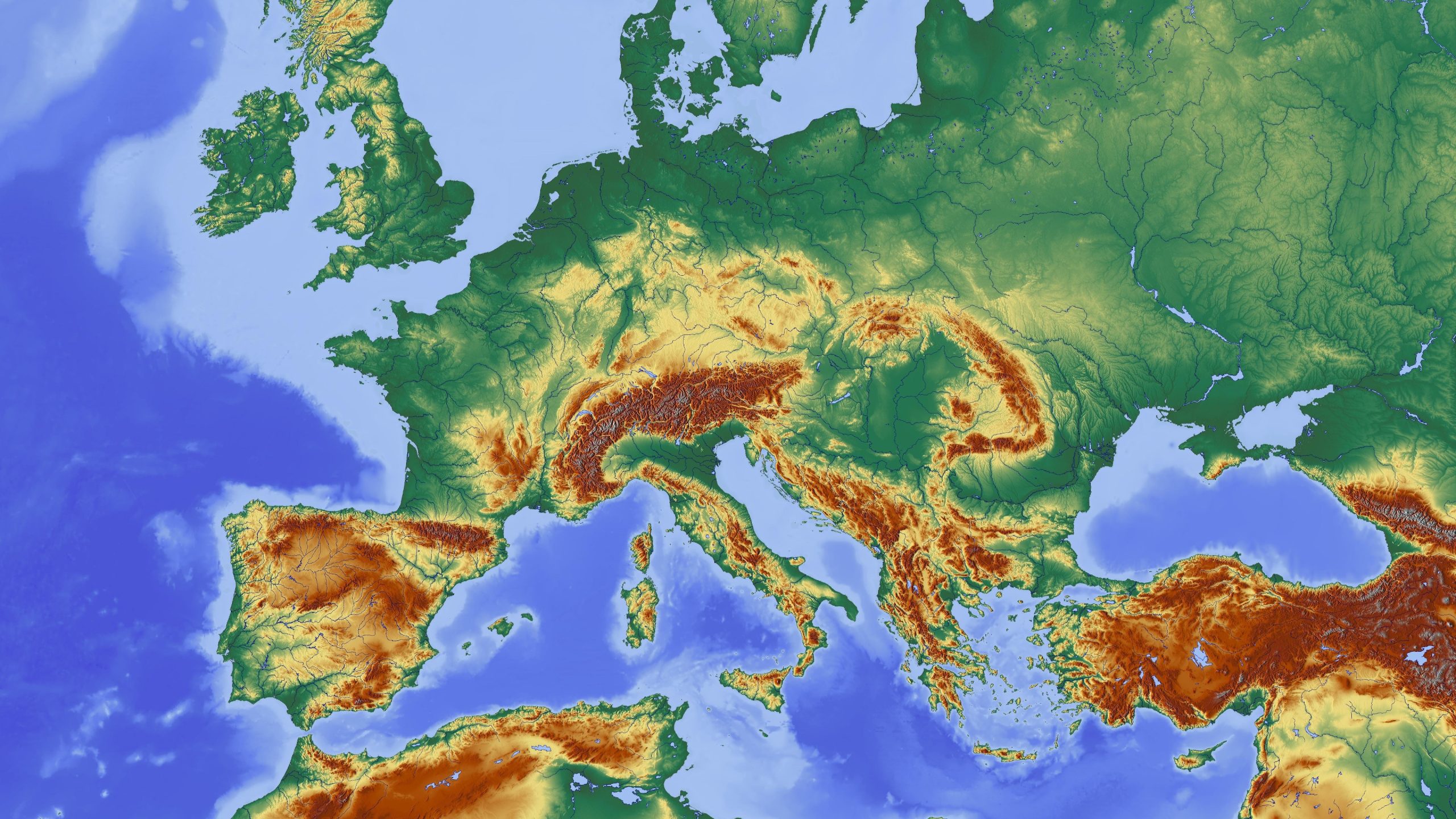
Standards drive interoperability, which in turn drives value
Standards make a difference and their impact is measurable.
They save money
The “Geospatial Interoperability Return on Investment Study” by NASA and Booz Allen assessed the ROI of implementing geospatial standards. It found that a project adopting them saved 26% over one that did not.
The UK’s National Underground Asset Register (NUAR) leverages an OGC standard – the Model for Underground Data Definition and Integration (MUDDI) – which provides a complete framework for visualizing key features underground. NUAR estimates that MUDDI can reduce data sharing costs by nearly $120 million per year.
They propel success
Cesium introduced 3D Tiles in 2015, and it became an OGC Community Standard in 2019. Since then, it’s been adopted by top software, service, and data providers across industries and governments, and by developers creating end-user applications. Recently, 3D Tiles gained attention for creating a 3D model of Paris to visualize event locations at the 2024 Summer Olympics.
The Netherlands’ Cadastre, Land Registry, and Mapping Agency (Kadaster) uses OGC Standards to deliver public geospatial datasets through its PDOK platform, which has seen a 5000% surge in service requests since its launch in 2013.
They increase transparency
Awareness of the need for interoperability through OGC’s open standards has grown so much that procurement specs now often require tools and solutions to use them. National policies, like the UK’s Geospatial Commission 2023 strategy and Indian 2022 National Geospatial Policy, also emphasize the need to adopt Findable, Accessible, Interoperable, and Reusable (FAIR) principles to boost geospatial use.
The UK’s national mapping agency, the Ordnance Survey, launched its NGD API – Features product in late 2022. Built on OGC standards, this API provides the keys to the next generation of OS data and offers powerful filtering options, letting users select just the data they need.


